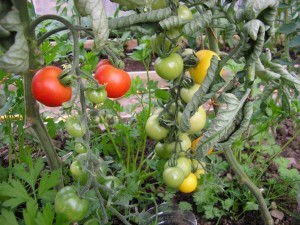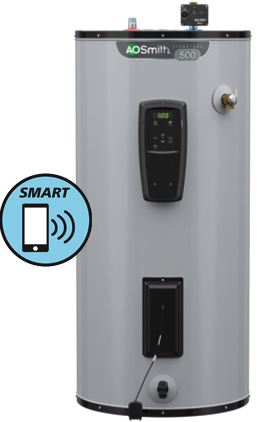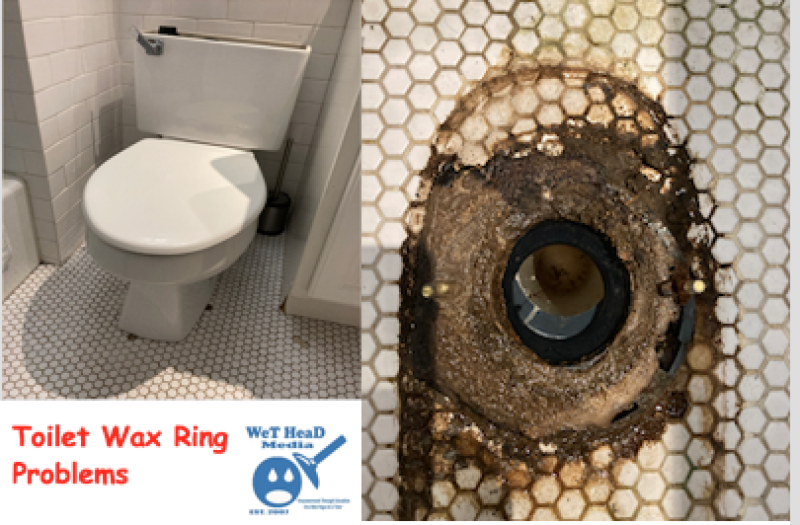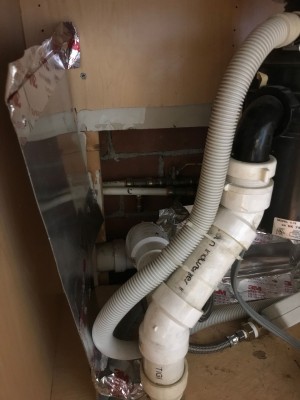How to Grow and Prune Tomato Plants in an Urban Garden
Spring is here! It is time to grow those tomatoes. However it can be hard to grow tomatoes in an urban garden if you do not know the basics. Fortunately it isn’t that difficult once you know what to do. Let’s see how you can grow your own crop in your home –
Location, Location, Location!
The last place you would plan on growing an urban garden is on concrete or asphalt. Your lampshade will never substitute for sunlight either. In other words, the tomatoes that you plan on growing need “full sun” which comes up to about six or eight hours.
The fact is, if your crop does not get enough sunlight it will not grow, period. Therefore the first step in establishing a budding and blooming tomato garden is to find a place in your home that gets plenty of sunlight during “full sun” hours. For example a certain area in your home might not be as sunny in September as it is during the rest of the summer months.

Using Pots
Of course, if your home doesn’t have any “full sun” areas to speak of you can always choose to grow your tomatoes in pots and transport them to areas that do.
Varieties
Some varieties of tomato grow better in containers than other types. For example a good choice for containers will include Red Currant which is a form of cherry tomato and Bush Champion which is a hybrid determinate tomato.
Red Currant tomatoes have a distinct flavor and are very small. However they are sprawling which means that they will need more space to grow in a pot. Bush Champion tomatoes on the other hand are bushy and short. They also have sturdy stems that can hold tomatoes up without any cages and have a sugary taste with an acidic balance.
Caution
Remember, containers and pots tend to dry out quickly during hot and windy weather. Tomatoes need water to grow like every other crop and plenty of it as well. The crop is composed of 85% water after all. Therefore make sure that the pots you use are well drained. Placing rocks at the bottom also helps. Water it early in the day and avoid getting the leaves wet.
Always remember, a container is no substitute for an actual garden. Suffice it to say it won’t hold water like a garden either. Adding some mulch will help the tomatoes soak up the water though.
Tomatoes that are grown in pots can also contract a disease called blossom end rot. It is what happens when a tomato turns hard and black. There are two reasons why this happens. For one, the crop might not be getting enough water. Secondly, the calcium content might have been leached out of the container.
Again, this is why it is important that you never hold off watering your tomato containers till the last minute. Overcompensating for your mistake by dumping gallons of water on them in one go won’t help matters either. Some tablespoons of Epson salt in the water might also help if some tomatoes do show signs of blossom end rot.
Fertilizer
Use fertilizer that is high in phosphate and potassium especially when the tomatoes are setting. Bone meal, calcium and dirt that is high in organic content like compost also helps.
The best part about growing tomatoes is that they can also be grown from a hanging basket in order to save space. Experts recommend a mixture that is composed of 20% perlite, 50% peat moss and 30% compost for it as well.
When It Comes To Pruning
Regular pruning is essential for tomato plants for improving the quality of fruit and for preventing various diseases. If you have a tomato garden, the you already know that although un-pruned tomato plants produce plenty of fruits, they are not as sweet and tasty like those produced by plants that are pruned regularly. Pruning helps to divert the plant’s energy toward producing better fruits instead of spreading the foliage in a wider area.
The indeterminate varieties, such as the Beef Master, Big Boy, Early Girl and most heirloom varieties require pruning for removing the unwanted leaves and shoots. This ensures that the fruits are getting all the nutrients.
Tools Required for Pruning Tomato Plants
You will need the following tools and materials for prune work:
- Gloves
- Garden scissors or shears
- Cloth strips around 1 inch wide and 5 inches long
Steps for Pruning Tomato Plants
Make sure to wear your gloves when you do a prune work the plants as this keeps your hands from getting into direct contact with the diseased branches. The instructions given below will help you to prune your tomato plants yourself easily:
- 1. Sanitizing the clippers is advisable to prevent getting your plants infected with any diseases during pruning. Use a clean piece of cloth to smear some alcohol on the clippers before you start working.
- 2. Examine the plants thoroughly to find out which leaves are getting insufficient sunlight. It is not advisable to start chopping the branches blindly as this may damage the plant instead of doing it any good. Make sure to chop only the leaves overshadowed by the outer foliage. You should collect all developed tomatoes before starting to prune the plant.
- 3. Cut the dead or diseased branches and leaves away, even if they have some yellow blooms or small tomatoes on them. Trimming off branches with growing fruits or blooms may seem counterproductive, but removing the diseased parts helps to improve the overall health of the plant. You may also have to remove the branches drooping severely.
- 4. Clip any growth below the plant’s lowest flower cluster back to the stem, not leaving even the healthy ones. Prune in a way that the branches, blooms and fruits get more sunlight to grow properly. At the same time, take care not to clip off a healthy bloom or tomato.
- 5. Clip away any small offshoots and vines growing from the main stem without hurting the plant.
- 6. The plants need to be watered with a solution of Epsom salt immediately after pruning if you are working in late summer. For the solution, add some Epsom salt to water and wait until it dissolves entirely.
Once you finish pruning, add the healthy clippings to a compost heap so that they can help to fertilize other plants in your garden. However, you should never throw the diseased trimmings in the compost as they may contaminate it, increasing the chances of other plants getting infected.




Excellent beat ! I would like to apprentice while you amend your site, how could i subscribe for a blog website? The account helped me a acceptable deal. I had been tiny bit acquainted of this your broadcast offered bright clear concept|
Great weblog right here! Additionally your site so much up fast! What web host are you the use of? Can I get your associate hyperlink for your host? I want my website loaded up as quickly as yours lol|
Just want to say your article is as amazing. The clearness in your post is just cool and i can assume you’re an expert on this subject. Fine with your permission allow me to grab your feed to keep updated with forthcoming post. Thanks a million and please carry on the rewarding work.|